(This Tech Tip is written for the Honda GL1000 …mostly applicable to any vintage motorcycle.)
If you’ve ever ridden a “healthy” GL1000 you will agree that it is a surprisingly fast bike …especially given its vintage. The original design goal by Honda was slanted toward “sport” rather than “touring.” In fact, when GL1000s were new in 1975 – only the mighty Kawasaki Z1 was faster. Honda was shy about publishing actual horsepower figures, but the design goal was 80 horsepower at the crank. That’s quite respectable …even today.
Dyno Testing Randakk’s Dual Weber Carb Setup
If your GL1000 seems a bit ‘pokey,” there are many possibilities. Here’s a checklist of essential things to check:
Mechanical
- Valves not adjusted to spec.
- Cam belts not aligned correctly to marks. Bikes with belts installed “one tooth off” will run OK, but sluggish. It’s very common for this error to occur during belt replacement by novice mechanics. Belt alignment (all 3 marks…left and right cam pulleys + crankshaft marks) should be verified carefully before the old belts are removed. This requires that you get your eyes on the same level plane as the marks on the cam pulleys. Unless you have a lift, you will need to lie on the floor to get the right perspective. The most common error is not realizing that the throttle side cam will rotate out of alignment once the old belt is removed (due to valve spring pressure). Once the new clutch side belt is installed (and marks re-checked), the throttle side cam has to be realigned and held in place against the valve spring pressure to get the correct alignment!
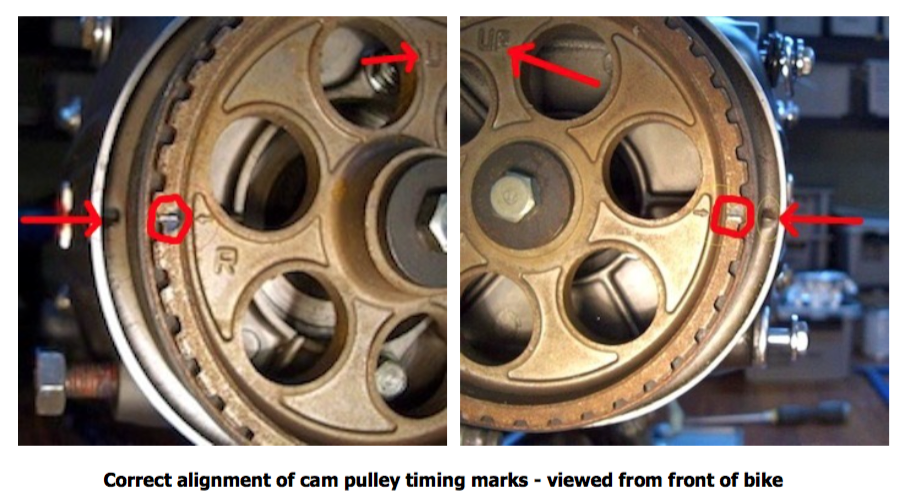
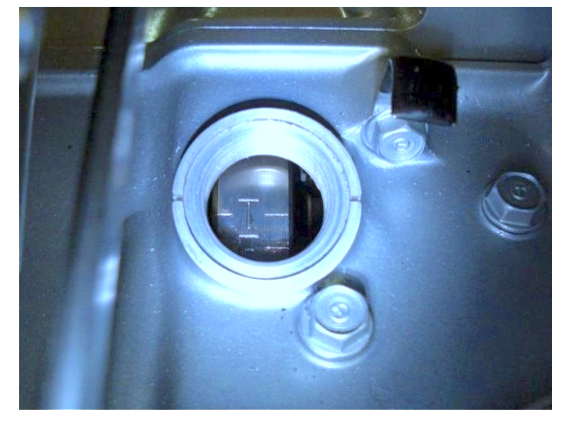 Crank at TDC for Cylinder 1 – “T” Mark
Crank at TDC for Cylinder 1 – “T” Mark
(Cross-hairs don’t appear to line up exactly in photo …they actually do. This is due to the sub-optimal camera angle)
- Low compression. Always do a compression test after valve check / adjustment. Good technique with a strong battery on an accurate gauge should yield uniform values of 150+ psi on all 4 cylinders. If you have low values on one or more cylinders, you can pinpoint the problem with a leak-down test.
Ignition
- With the bike overnight cold, do the tests here looking for a dead cylinder. A dead cylinder will give you an obvious clue to the problem…could be ignition or fuel problem. Note: These engines will run fairly well on 3 cylinders!
- Problem with breaker points. Breaker point ignitions were great in 1975. Now, they seem like prehistoric relics! They are marginal performers even when everything is correct. Worse, they require “fiddling” every 1000 miles or so to maintain performance. If you’re tired of messing with your points, consider upgrading to a Dyna/S electronic ignition.
- Ignition: Do the tests here to rule out problems with bad spark plug caps / spark plug wires or coils.
- Ignition timing not set correctly.
- “Sticky” ignition advance unit (behind points plate). If this is not working freely, the engine will be very sluggish. More on this issue here.
- Bad Spark Plug: A defective spark plug that fails to fire under load is pretty common.
- Weak / failing battery.
- Problem with charging system. Low charge rate yields weak spark!
Fuel
- Contaminated fuel.
- “Sticky” CV slide. If a slide is stuck in the “closed” position, this will effectively kill that cylinder (the idle will usually be fine). At speed the bike will be very sluggish and act “lean.” This is a bit non-intuitive, but a cylinder will suck lots of air and limited fuel with the slide closed.
- Internal carb problem such as blocked fuel circuits on the main circuits, partial blockages, etc.
- Defective fuel tank cap (not venting).
- Clogged fuel filter.
- Clogged fuel inlet screens (under float valves)
- Blockage at petcock.
- Internally collapsed fuel lines.
- Blockage at fuel tank pickup (internal)
Fuel cap, fuel filter, petcock, fuel lines and tank pickups (internal) are all suspects!
- Low fuel pressure / volume from defective fuel pump.
Failed Fuel Pump
- Incorrect (aftermarket) jets installed in the carbs).
- Poorly configured single carb conversion.
Miscellaneous
- Mechanical “drag.” Check for dragging brakes, defective wheel bearings or other binding driveline parts.
- Low tire pressure.
- Blocked air filter (e.g. mouse nest).
- Incorrect aftermarket air filter. Free-flow filters like K&N can cause high speed lean condition.
- Internally collapsed exhaust header. These are “double wall” construction and they do fail. Removal and visual inspection is the only way to check.
- Internal blockage inside muffler.
When all else fails and you want to make some serious power, consider adding a supercharger. 🙂

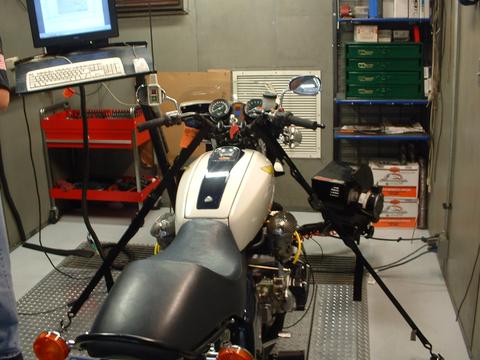
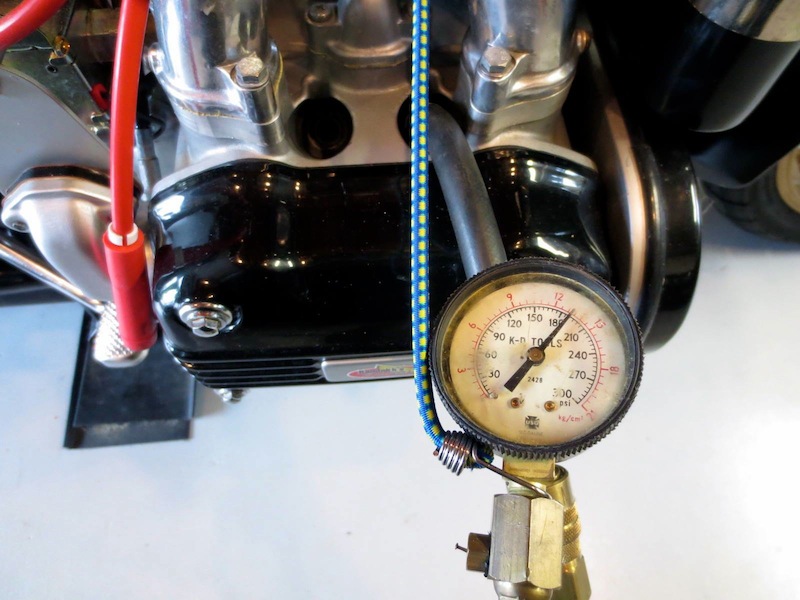
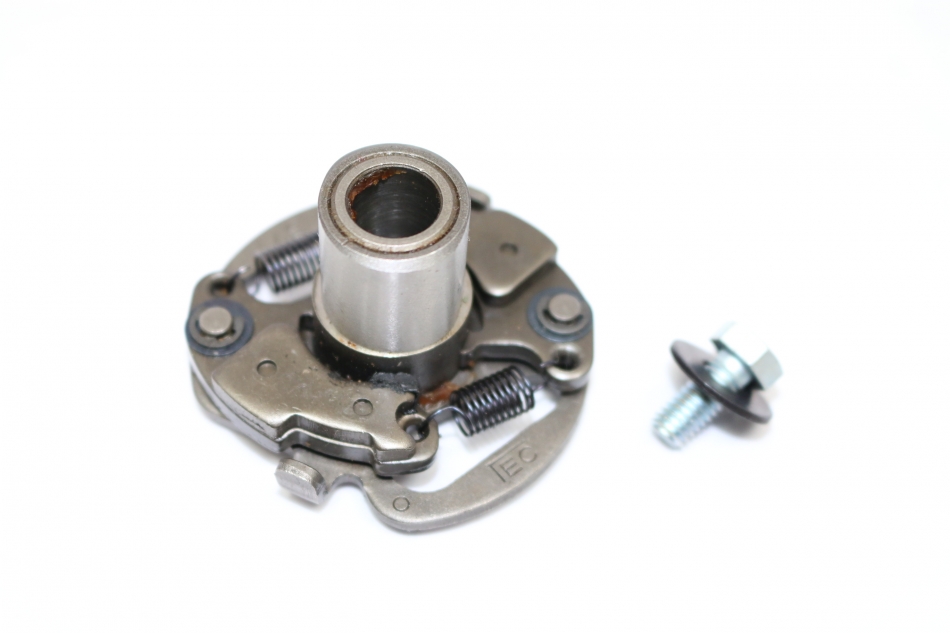
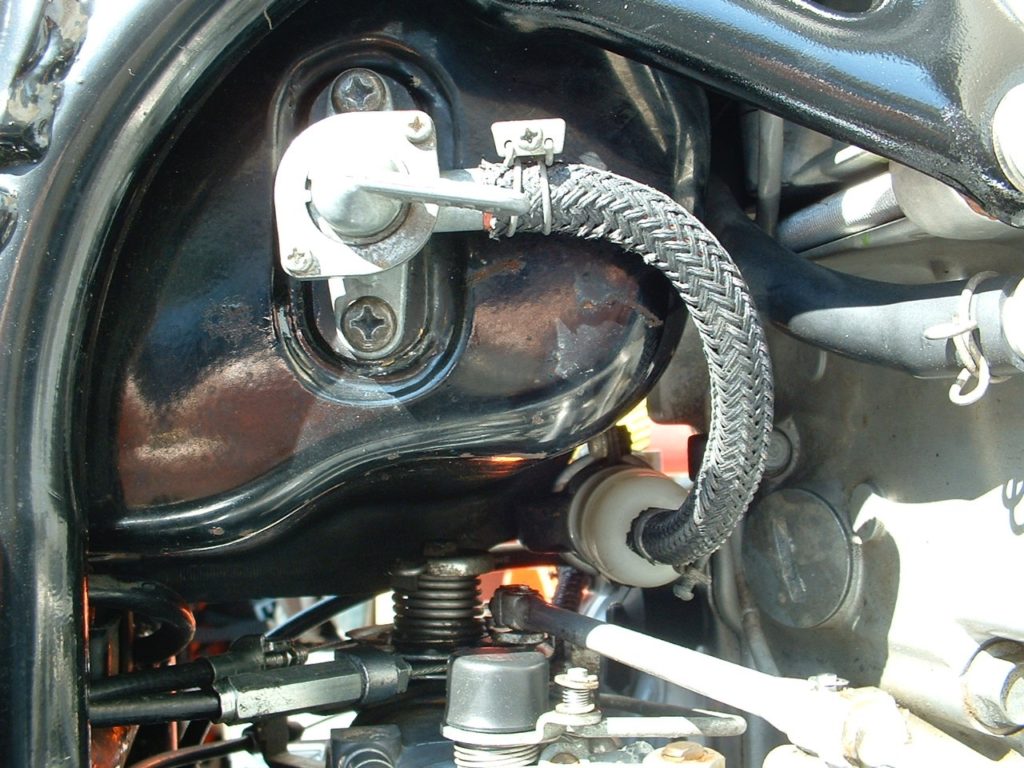
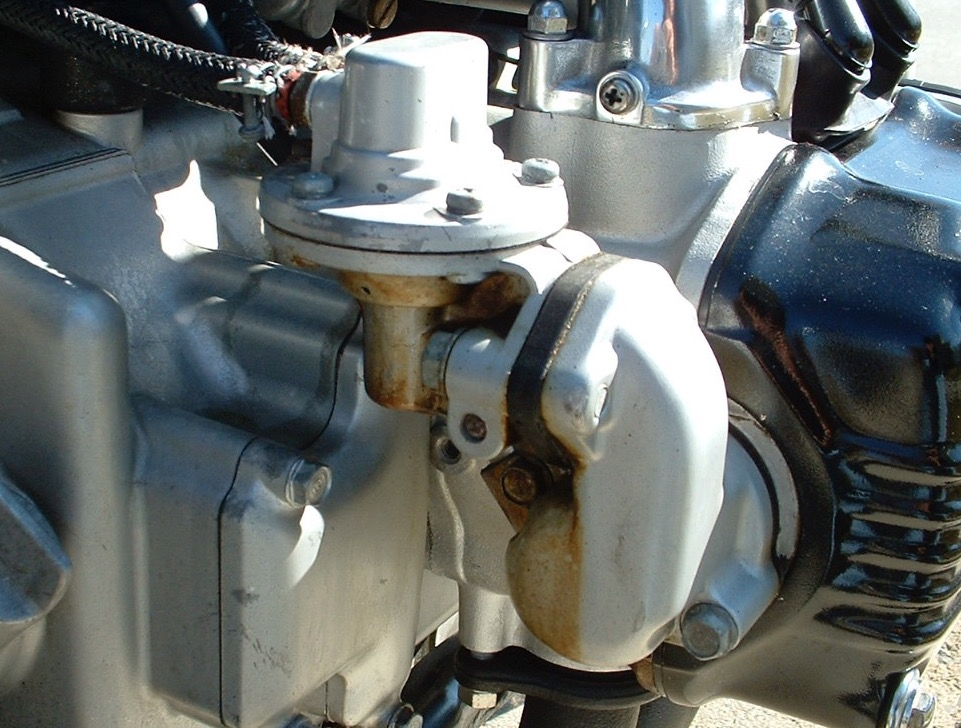
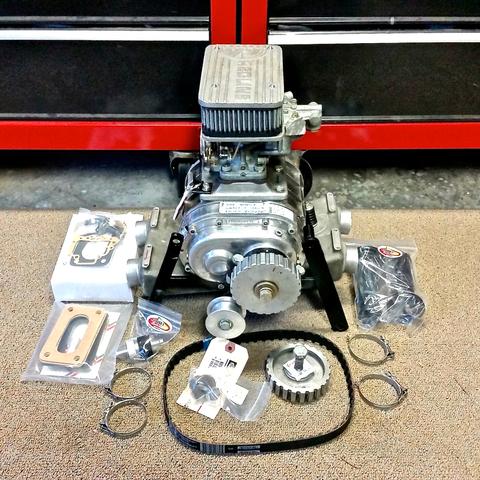


Bike starts fine and idles in neutral with ease but when kicked into gear power goes down and bike is very sluggish and will only go into to second any other gear wants to die right away………please help
I have a 83 GL 1100. Mysterious problem. Great power thru 1st thru 3rd gear. But there is a total loss of power in 4th and 5th and I have to down shift to 3rd to get power back. I have the cARB BANK ON THE WORK BENCH. i DRAINED EACH CARB BOWL INTO A GRADUATED CYLINDER and I am getting 4 different volume readings.I recall from other research that a proper float height will deliver 43 cc from each bowl. This very close to the 180 cc of yamaha carb cleaner that you refer to, i.e. 180 / 4 = 45 cc / bowl.I believe that I could of either left the RED STRAW out of my prior carb cleaning OR I inadvertently put in a red straw from a WD – 40 spray nozzle. i have new: fuel pump, filter, plugs and plug wires, completed full dis assembly of carb bank down to each individual carb, fuel cut off and accelerator pump diaphragms carbs were synched. it seems like fuel starvation but i am wondering if I have a cracked ignition coil breakdown. I dropped the bike on a trip but was ab le to ride the “wreck” at upwards of 90 mph back to garage home. I have been trying to solve this problem for several years, can you make any recommendations? ,
Scott, Please visit our website and open the link attached: http://www.randakksblog.com/low-power-issues-on-honda-gl1000/
Thank you very much for your inquiry,
Norton
Randakk’s Custoer Service Team
how do i know if its off if i have to frame of refrance? what should my 0-60 be? top speed? etc
If it will pull smoothly to redline in 4th gear, you have no power issues. 5th gear is overdrive, so redline is harder to achieve.